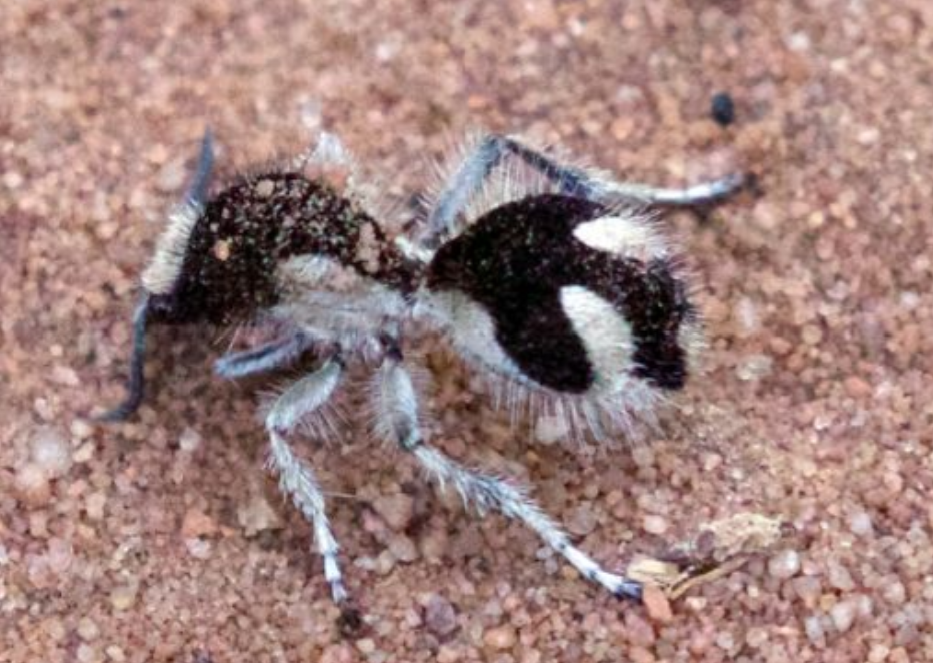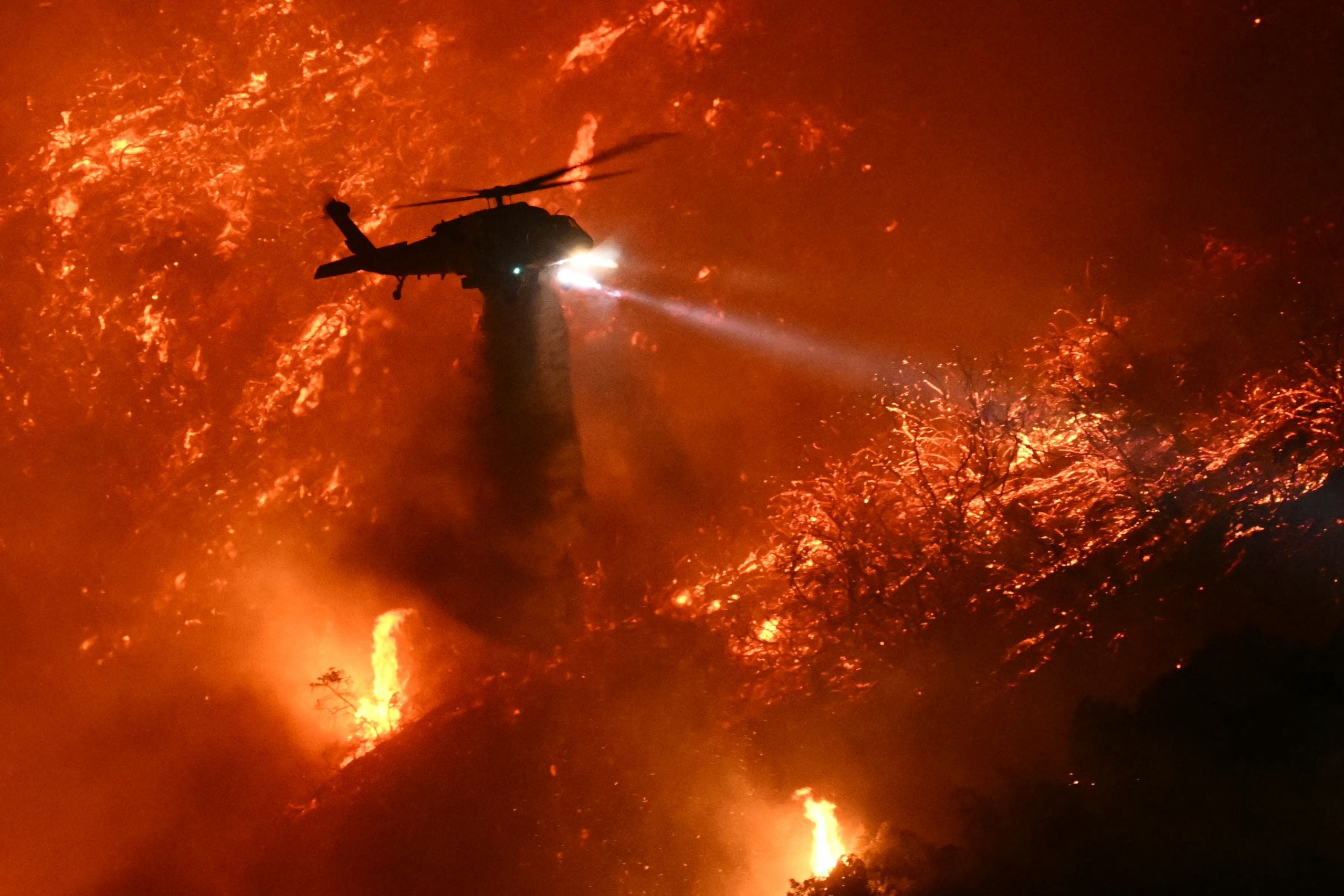BRASILIA, Brazil – A new study has revealed the complex makeup of an ant found in South America that can absorb nearly all visible light.Researchers analyzed the velvet ant’s exoskeleton and uncovered a highly specialized structure that minimizes light reflection and maximizes absorption, making it one of the most ultra-black features ever studied.Ultra-black is one of the darkest shades of known blackness and reflects less than 1% of the light that strikes it.”Their coloration is considered to be aposematic, that is, colors that ward off predators, but also may have some function in camouflage and protection against solar radiation,” researchers stated.FLORIDA IDENTIFIES NEXT INVASIVE SPECIES THREATUltra-black materials are considered to be rare in nature but have been seen on species such as peacock, spiders and butterflies.Scientists say the color configuration is commonly used as a type of camouflage or mating display, but there is growing interest in the protections it may offer against solar radiation.Researchers did not state whether they believe the ultra-black makeup is part of the species’ recent evolution or if the insects have always had the traits.”The role of ultrablack colors in nature is still a topic of debate, with limited evidence regarding the selective pressures driving their evolution,” study authors stated.Biologists hope the discovery will lead to further research and human advancements in the realms of solar panels, military camouflage and aerospace applications.BIOLOGISTS RESCUE ENDANGERED SAWFISH IN FLORIDA KEYS”The evolution of ultrablack colors in animals highlights nature’s ingenuity in achieving structurally assisted absorption to reduce specular reflectance,” study authors stated. “This demonstrates how organisms have developed sophisticated mechanisms to modulate the interaction between light and biological surfaces, resulting in highly absorptive and minimally reflective colors. These adaptations play a role in animal survival and reproductive success, offering substantial adaptive advantages within their respective habitats.”Brazil is one of the most biologically diverse countries in the world with hundreds of thousands of known species of animals that stretch from its vast rainforest to the coast.The varying climates of this South American country support a wide range of ecosystems across its more than 3.2 million square miles, which leads to the chances that many species and traits still remain undiscovered.
/
December 20, 2024
Velvet ant’s markings can absorb nearly all visible light, study finds







